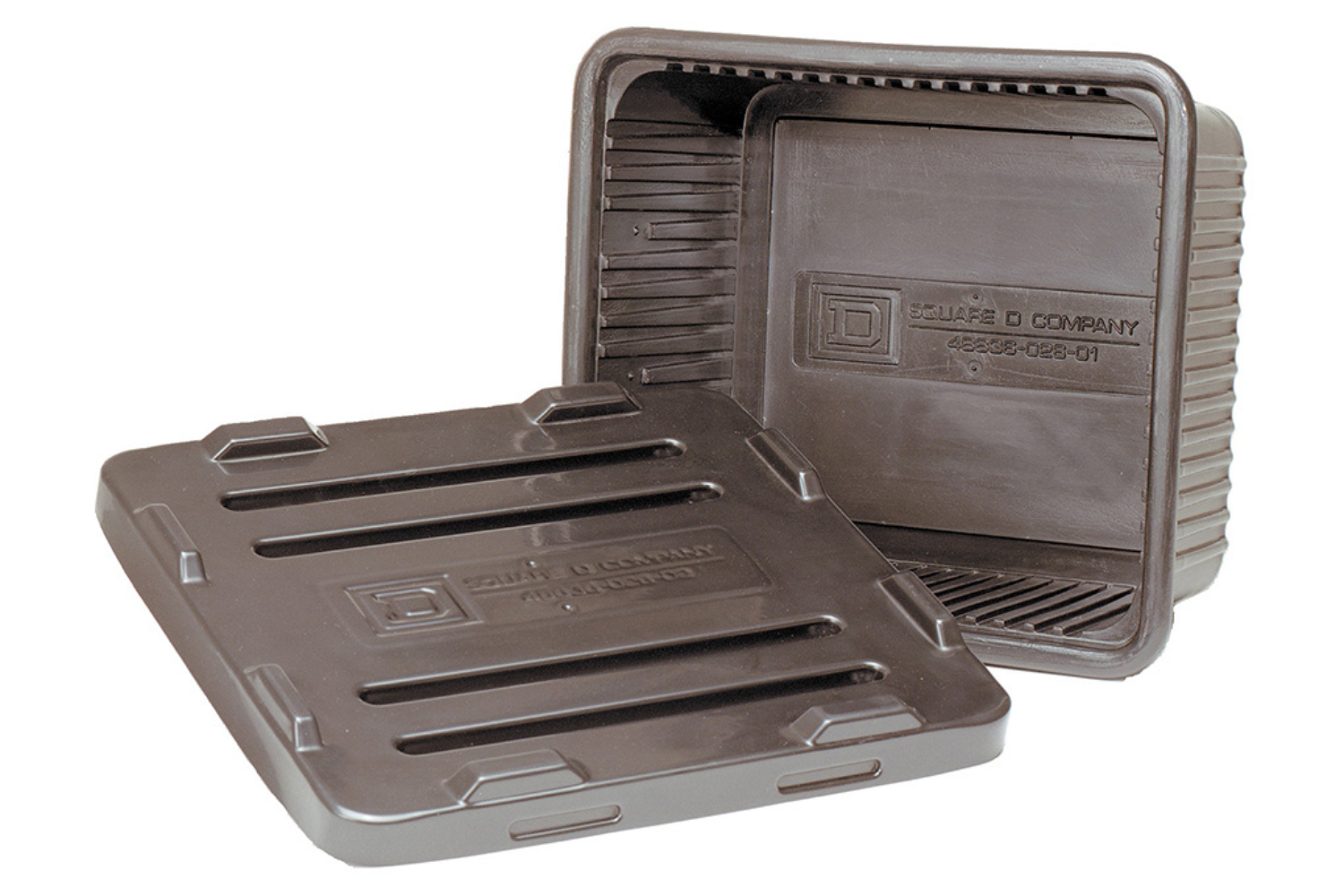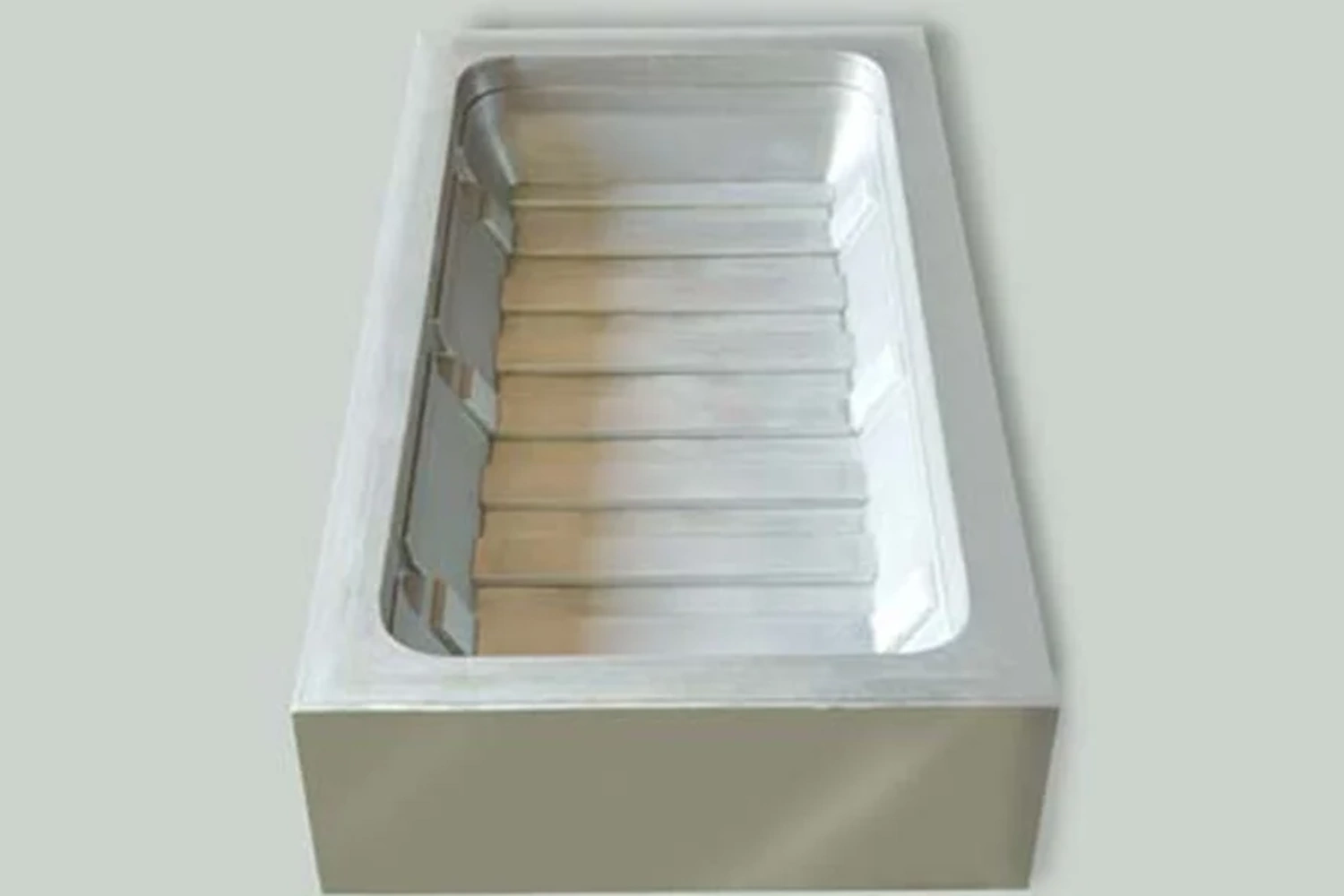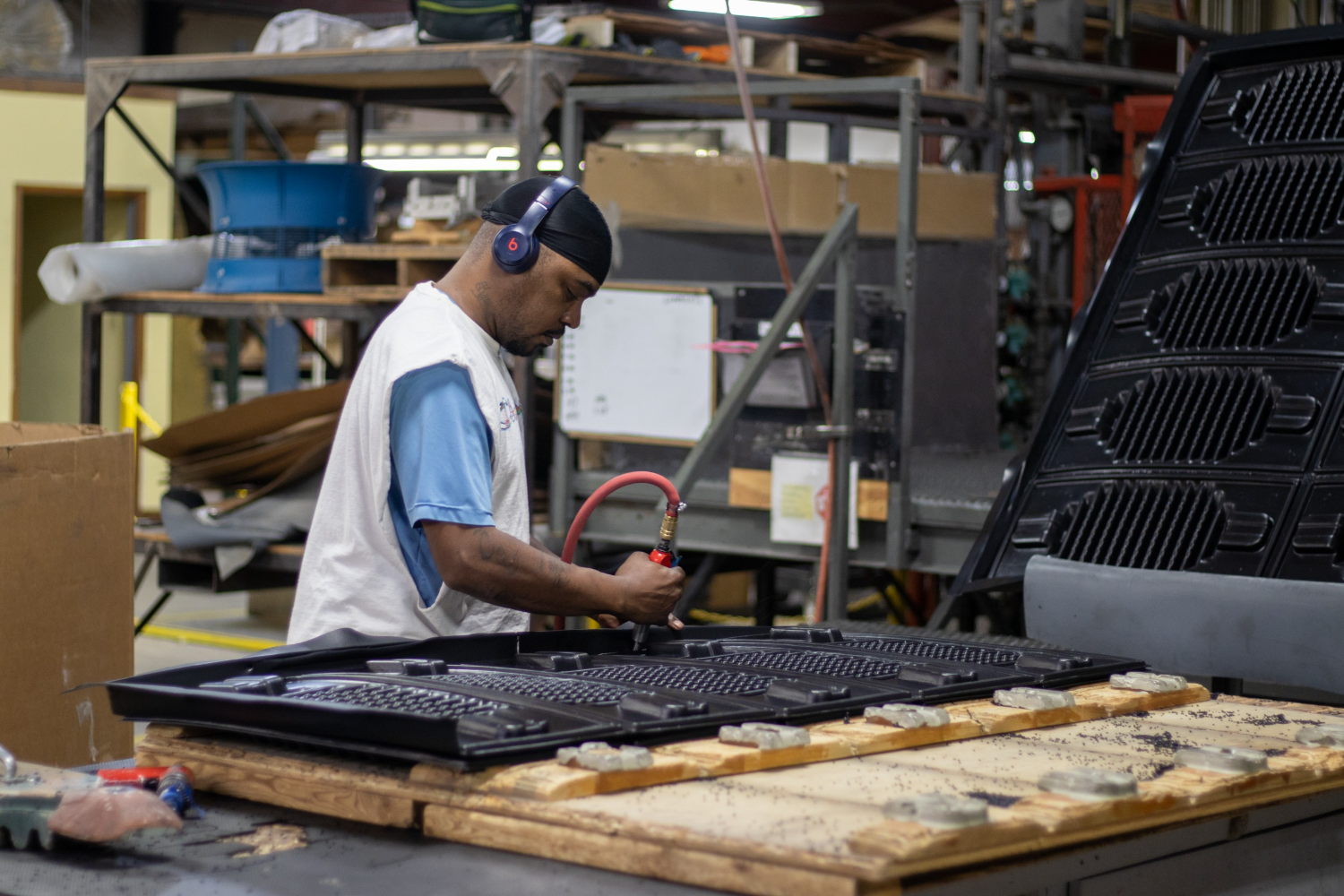Finishing Thermoformed Parts: CNC Machining, Die Cutting, Manual Trimming and Drilling
Thermoforming is a versatile plastic manufacturing process used to create a variety of parts and components by heating a plastic sheet and forming it over a mold. However, the process doesn't end with the forming step; parts often require secondary operations to achieve the final specifications, particularly in terms of edge finishing and trimming.
Thermoforming Edge Trimming
Edge trimming is crucial to thermoforming, ensuring that parts meet dimensional specifications and aesthetic standards. Several methods are used for edge trimming, including CNC and robotic trimming, die cutting, and manual trimming.
Each method has advantages and disadvantages, particularly regarding tolerances and overall quality.
 CNC Edge Trimming
CNC Edge Trimming
CNC (Computer Numerical Control) and robotic trimming use automated machinery to cut and trim the thermoformed parts. CNCs and robots for thermoforming trimming are usually fitted with spindles for routing and drilling operations but depending on the facility's equipment, lasers and waterjets may also be used. This method leverages pre-programmed software to control the movement of cutting tools, ensuring precision and consistency. The benefits of automated trimming are its high precision, repeatability, and complex trim capability.
CNC machines can achieve extremely tight tolerances, often within a fraction of a millimeter. This is particularly important for parts that require high accuracy and consistency.
CNC trimming offers excellent repeatability. Once programmed, a CNC machine can replicate the same cut over numerous parts with minimal variation, ensuring uniformity across production runs.
The quality of the finish is another significant advantage of CNC trimming. It produces smooth, clean edges free from burrs, which is essential for both functional and aesthetic reasons. CNC machines can also handle intricate and complex shapes that would be challenging or impossible to achieve manually.
In terms of efficiency, while a CNC machine's initial setup and programming can be time-consuming, the actual trimming process is fast and efficient, especially for large production runs. Automation reduces the need for manual labor, lowering the risk of human error and increasing overall productivity.
 Manual Trimming and Drilling
Manual Trimming and Drilling
Manual trimming involves hand or table routing, saws, and drills where skilled operators use tools and fixtures to trim and finish the thermoformed parts. The precision of manual trimming depends on the operator's skill and experience. While highly skilled operators can achieve excellent results, there is more variability compared to CNC trimming.
Manual trimming can result in greater variation in tolerances, making it less suitable for parts requiring high precision. The quality of the edge finish can vary with manual trimming. While experienced operators can produce smooth edges, there is a higher risk of uneven cuts and burrs compared to CNC trimming.
Manual trimming is generally better suited for simpler shapes and geometries. Trimming complex parts accurately by hand may require more work.
However, manual trimming offers several benefits in terms of flexibility and cost. Compared to CNC trimming, it requires less upfront investment in machinery, making it a viable option for small-scale production or prototypes. Manual trimming provides greater flexibility for low-volume or custom parts, allowing for adjustments and changes without the need for reprogramming machinery.
Die Cutting
Die-cutting involves using steel rule dies or in mold dies to cut the part from the web under pressure. Die cutting is used as the primary way of cutting parts from webs in thin gauge thermoforming and is used for thinner versions of heavy gauge thermoforming.
Die-cutting works by sheering the plastic. This cutting operation leaves the possibility of a sharp edge as the plastic is cut. Die cutting is generally used for part trims with low tolerance requirements as positioning the part in the die can result in variation between parts.
Die cutting does have the benefit of being a low-cost trim operation, as dies are less costly than trim fixtures and are highly efficient for part production. Die cutting does, however, have some long-term costs as dies do wear quickly and need to be refurbished.
.jpg?width=300&height=200&name=unnamed%20(4).jpg) Comparing Trimming Methods
Comparing Trimming Methods
When comparing CNC trimming, manual trimming, and die-cutting, the choice often depends on the project's specific requirements.
CNC trimming is the preferred method for high precision, consistency, and efficiency. It is ideal for large production runs, complex geometries, and parts that require tight tolerances.
Manual trimming, on the other hand, offers greater flexibility and lower initial costs, making it suitable for low-volume production, prototypes, and parts with simpler shapes.
Die cutting is the trim method recommended for parts with low complexity, high volume, and thinner materials.
All three methods have their place in the thermoforming industry, and choosing the right one can significantly impact the quality and efficiency of the finished parts.
Please contact us, and we will help you figure out the best edge-trimming option for your project.



